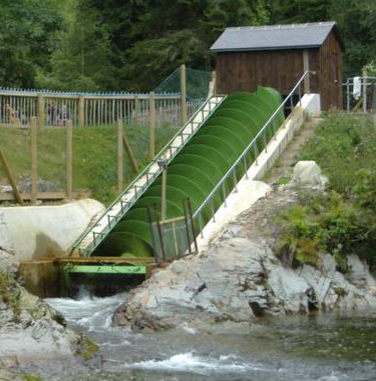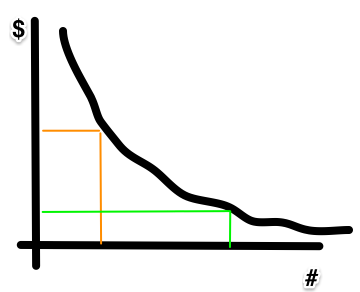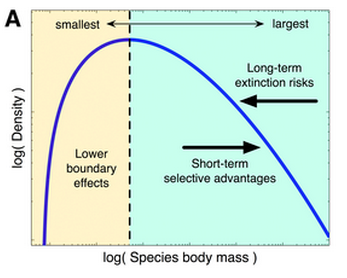My home is a short walk from Mill St, where the first falling water powered mill was built by the colonists. That stream had a number of mills along. But, after the 2nd world war when housing covered the surrounding hills. Removing the trees, adding the roads and storm drains sucked the water out of the ground quickly after storms. The water in the stream become less dependable the mills closed.
All of New England was once home to mill towns. Each was situated along a river where falling water could be tapped to power the mill. Power rather than labor, markets, or supplies defined these businesses. This model imploded when coal became a preferable source of energy. When you drive thru these old mill towns you can see lovely homes and mills that are now quite pitiful.
This is an American pattern. If the business models shift we just abandon the cities that fit that model We leave them to the poor. The coal based cities need flat water to get the coal and they had better labor and access to supplies and markets. These were flat water cities. Later when coal was replaced by electricity, and cars replaced to walking, and phones and procedures replaced hands on management abandoned flat water cities.
Anyhow, there are lots and lots of little mill ponds and dams all over New England. Sooner or later these dams will fail, but in the meantime I’ve often wondered why we can’t convert them to micro-hydro generation. Is power too cheap to make it worth the bother? Are the coordination costs or the regulatory barriers to difficult. Maybe the engineering doesn’t work.
This chart shows what kind of tech ou should use for various hydro scenarios.
Most of New England’s old mills had water wheels; and the water didn’t fall very far. How far the water falls is called “head”, and that’s the Y axis on that chart. So from this chart we learn that we want to look into something called “Archimedes.” That turns out to mean “Archimedes screw,” or actually something called a “reverse archimedes screw turbine” … though calling it a turbine is pretty silly.
Apparently these are extremely rare, though their are some in the UK, and there is somebody working on it in Canada. This is a nice video of one running, and here is a nice animated version. I have no idea if these are a good or a bad idea.
This chart, reportedly, shows feasiblity. They still need a lot of water. Which tends to suggest why this paper is so pessimistic. The entire cost/benefit of the 19th century New England mills lived it would appear in a very different world.
I wonder if these would be practical for energy storage as well. All the good hydro-storage sites are taken, but if they don’t need as much head then, presumably, other venues would become viable.



